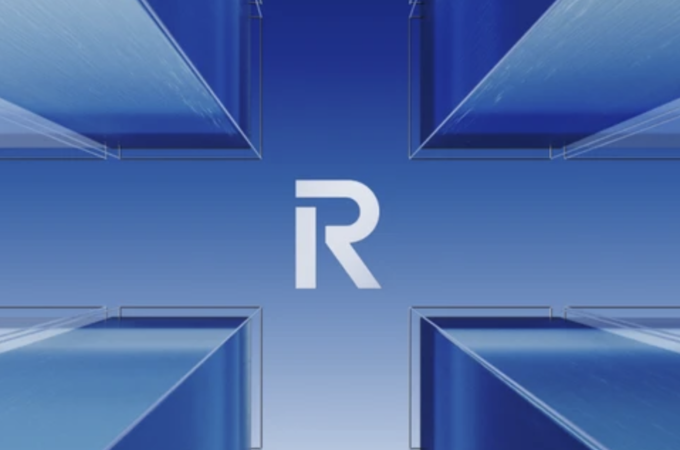
Credit Cards Lose Their Charge
By Neil Howe for Forbes
Earlier this month, Goldman Sachs debuted an online retail servicedesigned to offer loans to consumers searching for an alternative to credit card borrowing. The move adds yet another competitor to an industry already struggling to add new customers. Late in the economic cycle, credit card companies usually rely more on interest payments than on additional debtors. But today’s frozen credit cycle has experts worried that credit cards are experiencing all the costs (defaults) with none of the benefits (revolving interest charges). Worse yet, a large share of Generation-X and Millennial consumers simply doesn’t use or trust credit cards.
The credit card industry encompasses a wide range of players who assume various roles in a transaction. First, there are the issuing banks—like Citigroup, JPMorgan, Bank of America, and Capital One—that issue credit cards to consumers. Then there are the acquiring banks (overlapping with the issuing banks) that process payments on behalf of the merchant. And finally there are the networks—Visa, MasterCard, American Express, and Discover—that act as middleman skimmers between the issuing and acquiring banks.
How do these players generate revenue from credit cards? Most of the industry’s revenue goes to the issuing banks that must market and serve customers. Next in line are the acquiring banks, which earn up to 3% of each transaction. And lastly are the networks, which earn a sliver of a percentage per purchase. (To be sure, that sliver generates $30 billion annually for Visa and MasterCard.)
At first glance, credit card companies should be thriving. General purpose credit card spending has increased from 10% of GDP in 2000 to 15% in 2014. Meanwhile, the total number of processed transactions increased 10% for Visa and 13% for MasterCard in 2014.
But a closer look at the major players reveals some stark divides. While network P/E and stock price growth has outpaced that of the S&P 500 over the past four years, issuing banks have lagged behind. And there’s no guarantee that networks will keep up their growth.
What’s going on here? A number of forces are weighing down the industry’s market value.
For starters, credit cards have little opportunity for long-term growth. The good news is that credit card transactions as a share of noncash payments have remained relatively stable in recent years—falling from 23% in 2006 to 19% in 2009 and rising back to 21% in 2012.
The bad news is that this share has been shaped by two opposing and unequal forces. First, while credit cards have gained hugely from the decline in checking (from 46% in 2003 to 15% in 2012), checking doesn’t have much further to fall. Second, the rise in alternative (and far less lucrative) payment methods such as debit cards (19% to 38%), Automated Clearing House payments (11% to 18%), and prepaid cards (1% to 7%) shows no sign of slowing down. Rapidly growing mobile payment options like Apple Pay take a cut out of issuing banks’ interchange fees. Other rivals like LevelUp aim to get rid of fees altogether.
In order to maintain their share of noncash payments in this increasingly competitive environment, fewer issuing banks are charging annual fees, foreign transaction fees, and balance transfer fees. Legal threats on the horizon may further hammer fees. In June, a federal appeals court overturned a 2012 antitrust settlement between the National Retail Federation (representing 60 retailers) and Visa and MasterCard. If these retailers sue again and win, interchange fees could be capped.
Then there is the credit cycle, which normally serves as a light at the end of the tunnel. After economic downturns, the industry only extends credit to individuals with excellent FICO scores. As time passes, companies gradually need to take on higher-risk customers with lower scores. These customers are more likely to default, but are also more likely to carry revolving balances and pay higher interest rates. When these borrowers ultimately default en masse once recession hits, the customer base shrinks and the cycle repeats.
Today, as we might expect late in the economic cycle, credit card transaction volume is doing well. Balances are nearing their pre-recession peak of $1.02 trillion. Meanwhile, charge-off and delinquency rates, though still at historic lows, are beginning to rise—again, as expected. But credit card companies aren’t seeing much resurgence in interest payments from borrowers who don’t pay off their debts (so-called “revolvers”). In fact, the number of revolvers is falling and the number of people who immediately pay off their debts (“transactors”) is rising.
Meanwhile, credit card companies that have turned abroad in search of growth have been punished by a tough regulatory environment. In 2014, EU court ruled that MasterCard’s interchange fees were unfair, while Walmart Canada recently has stopped accepting Visa in certain locationsover “unacceptably high” fees. Although China opened its markets in June to foreign payment card companies, card companies are still navigating the strict rules set forth by the Chinese government. Many late-developing countries already lead the world in mobile banking and likely won’t go through a credit card phase.
At the root of many of these challenges are new generational forces. Many Xers shy away from credit cards and banks—or even avoid them altogether. Xers who lost most of their wealth during the Great Recession simply cannot afford to rack up any more credit card debt. Moreover, this generation has always been distrustful of large institutions: Why trust a faceless corporation with your hard-earned money when you can do the job yourself?
Meanwhile, risk-averse Millennials would rather pay off purchases immediately to avoid incurring interest charges and ruining their credit score. This generation’s responsible approach to finance is driving them away from credit cards and toward apps and services (like Wealthfront and Betterment) that help them acquire wealth. Some credit card companies like MasterCard have taken note, and are making aesthetic changes to emulate their mobile banking competitors. But it may take more than a new logo and a fancy app for Millennials to give them any credit.
First appeared at Forbes





